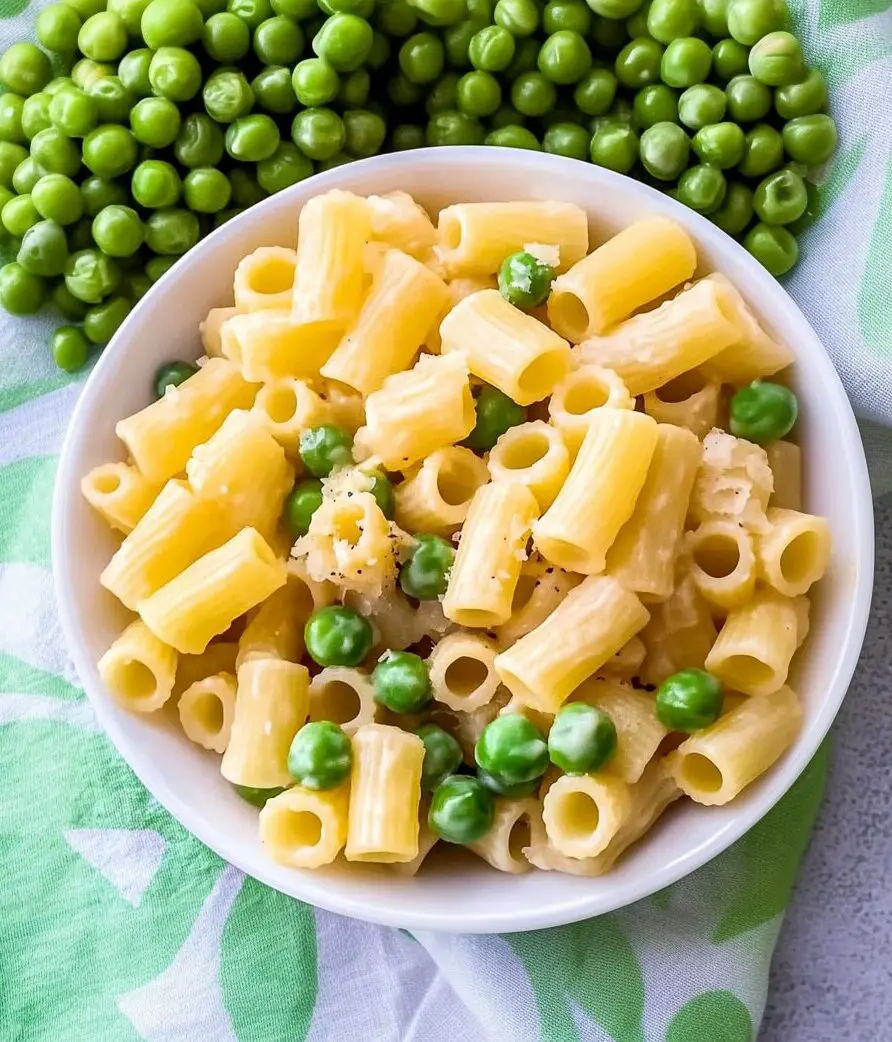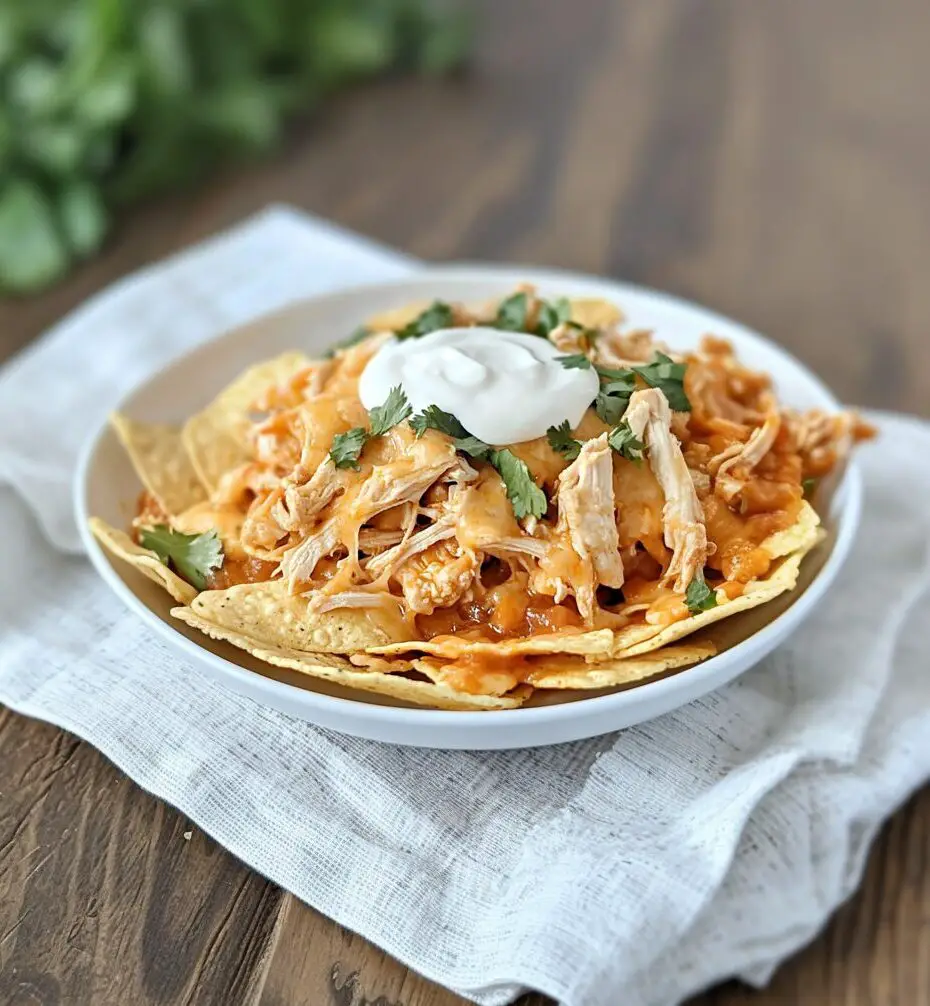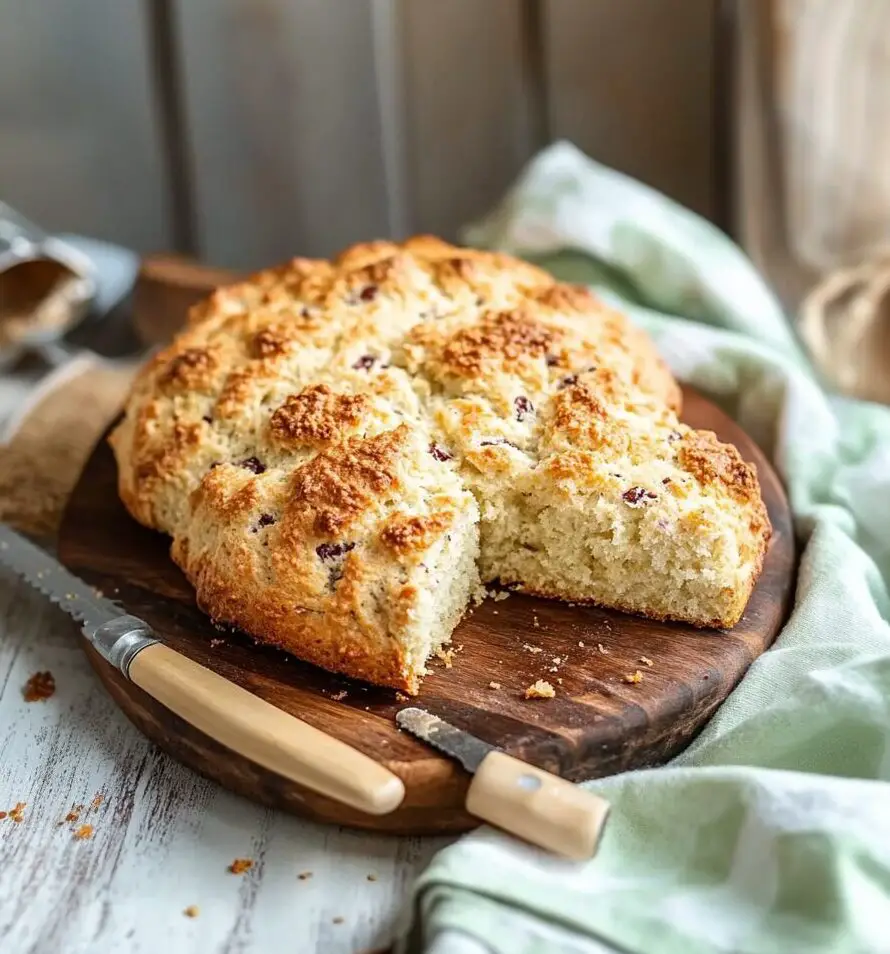Pasta and Peas, or Pasta e Piselli, is a comforting Italian dish that embodies simplicity and flavor. Traditionally prepared in a single pot, this recipe combines the sweetness of peas with the savory depth of bacon, all enveloped in a creamy sauce created by the starches released from the pasta. It’s an ideal choice for a quick midweek dinner, requiring minimal ingredients and time, yet delivering maximum satisfaction.
Full Recipe:
Ingredients
- Olive oil
- Yellow onion
- Bacon
- Frozen peas
- Boiling water
- Small pasta (e.g., ditalini)
- Salt
- Black pepper
- Parmigiano Reggiano cheese
Directions
- In a saucepan, heat olive oil over medium heat. Add chopped onion and bacon, cooking until the onion softens, about 5 minutes.
- Stir in the peas and cook on low heat for another 4–5 minutes.
- Pour in boiling water, bring to a boil, then season with salt.
- Add the pasta and cook for 7–8 minutes, or until al dente.
- Stir in grated Parmigiano Reggiano cheese and freshly ground black pepper.
- Serve hot, with an extra drizzle of olive oil if desired.
Nutrients
Estimated per serving (based on 4 servings):
- Calories: 450
- Total Fat: 18g
- Saturated Fat: 6g
- Cholesterol: 25mg
- Sodium: 600mg
- Total Carbohydrates: 55g
- Dietary Fiber: 5g
- Sugars: 4g
- Protein: 18g
The Origins of Pasta and Peas
Pasta and Peas, as its name suggests, is a dish that combines two fundamental ingredients of Italian cuisine—pasta and peas. The origins of this dish date back to the rural regions of Italy, where it was often made as a simple, economical meal. The dish has a long-standing history in Italian culinary tradition, especially in the central and southern parts of the country.
In many Italian households, peas were readily available and easy to grow, making them a common addition to various pasta dishes. The combination of peas and pasta was not only practical but also nutritious, providing a satisfying meal that could be made on a budget. This was particularly important in post-war Italy, where food scarcity was a reality for many families. As a result, Pasta and Peas became a dish that symbolized resilience and creativity, turning basic ingredients into something extraordinary.
The dish also has a connection to the Catholic tradition of meatless meals, especially during Lent. Pasta and Peas could easily be adapted to be vegetarian, with the bacon serving as an optional ingredient. The combination of pasta and peas was a way to create a filling and flavorful meal without the need for meat, which was often restricted during religious observances.
Why Pasta and Peas is a Timeless Favorite
What makes Pasta and Peas so beloved is its perfect balance of flavors and textures. The pasta, typically small shapes like ditalini, provides a sturdy base that holds the sauce and peas beautifully. The peas themselves contribute a gentle sweetness that contrasts with the salty, savory flavors of the bacon and the slight bitterness of the onions. This harmony of flavors creates a well-rounded dish that is both comforting and satisfying.
Another reason for the enduring popularity of Pasta and Peas is its versatility. The dish can easily be adjusted to suit different tastes and dietary preferences. While the classic version includes bacon for added richness and flavor, it can easily be made vegetarian by omitting the bacon and using vegetable broth instead of water. You can also experiment with different types of pasta, from the traditional short pasta to more unusual shapes, depending on what you have available.
The simplicity of Pasta and Peas also makes it an ideal dish for those who are looking for a quick and easy meal. It requires only a few basic ingredients and can be prepared in under 30 minutes, making it perfect for busy weeknights or casual gatherings. The fact that it can be made in one pot further simplifies the cooking process, minimizing cleanup and making it a convenient option for busy families.
Cultural Significance of Pasta and Peas
Pasta and Peas is more than just a meal—it’s a representation of Italian culinary traditions. In Italy, food is deeply intertwined with family, community, and history. Many traditional Italian dishes, including Pasta and Peas, are passed down from generation to generation, becoming a part of the fabric of daily life. These dishes are often made with love and care, bringing families together around the dinner table.
In addition to its role in family life, Pasta and Peas also embodies the Italian value of “cucina povera,” or “poor kitchen.” This term refers to a style of cooking that focuses on using simple, inexpensive ingredients to create flavorful, satisfying meals. Cucina povera is not about cutting corners—it’s about making the most of what you have. Pasta and Peas is a perfect example of this philosophy, as it transforms humble ingredients like pasta, peas, and bacon into a rich and flavorful dish.
This dish also reflects the Italian approach to food as a communal experience. Whether it’s served as a weeknight dinner or as part of a larger family gathering, Pasta and Peas is a dish that encourages sharing and togetherness. It’s a dish that brings people together, whether around a dinner table or in the kitchen preparing the meal together.
The Role of Pasta in Italian Cuisine
Pasta is undoubtedly one of the most iconic and beloved foods in Italy, with countless variations found throughout the country. It is the cornerstone of Italian cuisine, and its versatility allows it to be paired with virtually any type of sauce or ingredient. The role of pasta in Italian cooking cannot be overstated—it is not just a food but a symbol of the country’s rich culinary heritage.
In the case of Pasta and Peas, the pasta serves as the perfect vehicle for carrying the sauce and peas, creating a harmonious combination of textures. Italian pasta is known for its ability to absorb the flavors of the sauce, and in this dish, the pasta absorbs the starchy water, which thickens and binds the dish together. This is why the type of pasta you choose can make a difference in the final result. Short, tubular shapes like ditalini or small shells work best because they hold the sauce well and allow the peas to nestle within the pasta.
The use of pasta in Pasta and Peas is also a reflection of the Italian value of “simplicity.” Italian cooking often focuses on creating dishes that let the ingredients shine without overcomplicating things. The simplicity of Pasta and Peas is what makes it so universally appealing—it’s a dish that lets the ingredients speak for themselves.
How to Make Pasta and Peas Your Own
While the traditional version of Pasta and Peas is delicious on its own, there are many ways you can personalize the dish to suit your tastes. One easy way to change up the recipe is by adding different vegetables. For instance, you could add spinach, zucchini, or even roasted tomatoes to the dish to add extra flavor and nutrients. These vegetables will complement the sweetness of the peas and the richness of the bacon while adding more texture and color.
You can also experiment with the type of pasta used. While short pasta shapes are the most common choice for Pasta and Peas, you could try using spaghetti, fettuccine, or even whole wheat pasta for a different texture and flavor profile. Each type of pasta will bring its own character to the dish, so don’t be afraid to get creative.
For a more indulgent version of Pasta and Peas, you can add a generous amount of cream or butter to the sauce. This will create a richer, more luxurious dish, perfect for special occasions or when you want to treat yourself. If you’re looking for a lighter option, you can skip the cream and use vegetable broth or chicken broth to create a lighter, more brothy version of the dish.
Serving Suggestions
Pasta and Peas can be served as a main course or as a side dish. If you’re serving it as a main, pair it with a light salad and some crusty bread to soak up the sauce. A simple green salad with arugula, cherry tomatoes, and a lemon vinaigrette would complement the dish nicely.
Conclusion
Pasta and Peas is a simple yet flavorful dish that has stood the test of time. Its combination of pasta, peas, and savory ingredients like bacon makes it a comforting meal that is easy to prepare and perfect for any occasion.








